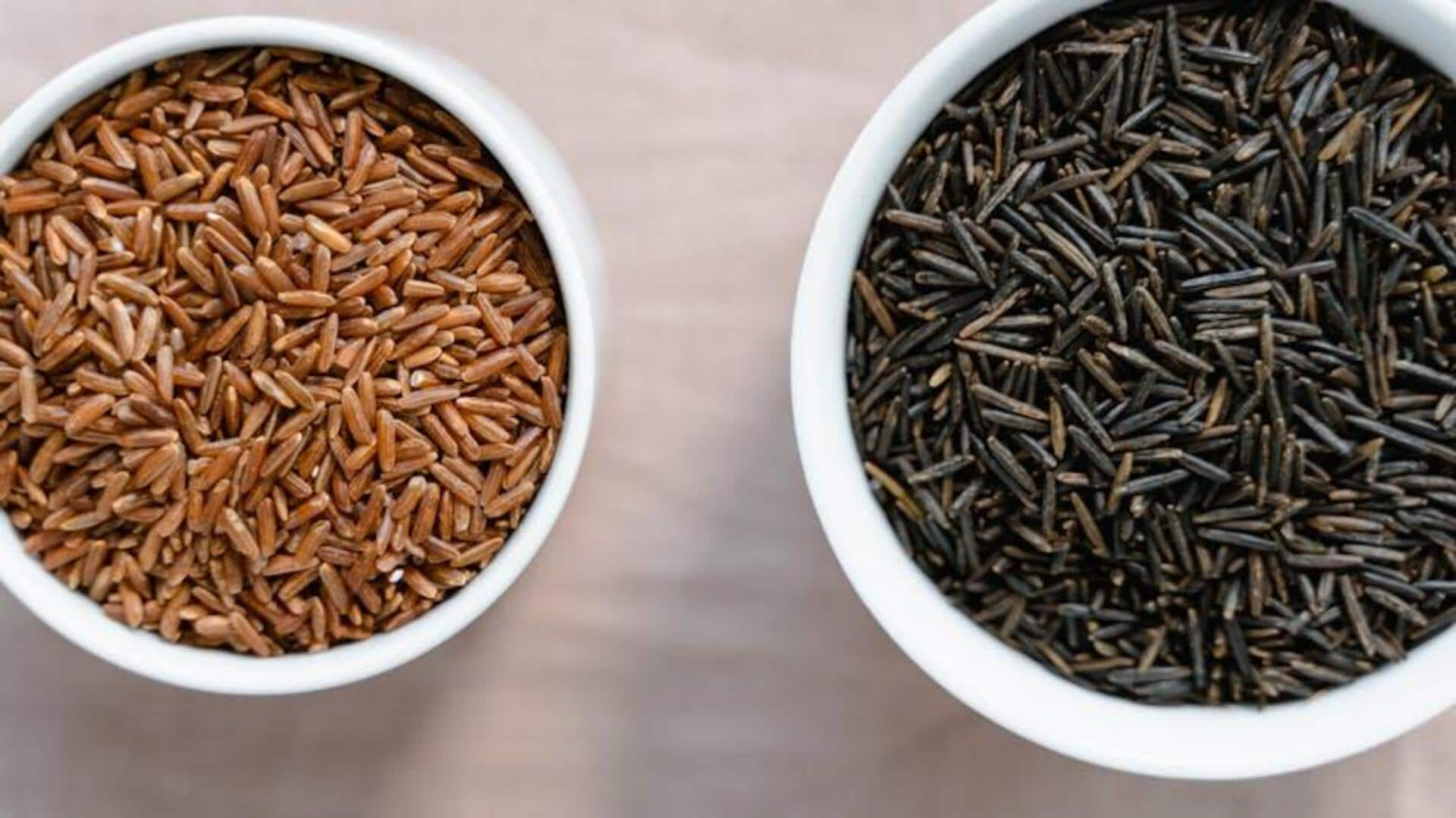
The superfood magic of African wild rice
What's the story
Move over quinoa, there's a new superfood in town: African wild rice. This isn't your average grain, though. Unlike the stuff you're used to (which actually comes from Asia), African wild rice loves the water and has a delicious nutty flavor you won't find anywhere else. Plus, it's packed with nutrients and super versatile in the kitchen. No wonder it's the new go-to for health nuts around the world!
Nutrition
Nutritional benefits unveiled
African wild rice is a protein, fiber, and antioxidant powerhouse. One cup of cooked wild rice provides a substantial seven grams of protein and three grams of fiber, making it a fantastic option for vegetarians looking for nutrient-rich foods. It's also loaded with beneficial vitamins B and E, magnesium, phosphorus, and zinc.
Cooking
A culinary adventure
Adding African wild rice to your meals is a great way to mix things up in the kitchen. It's perfect as a base for salads, a hearty addition to soups, or a side dish with veggies. The slightly chewy texture and nutty flavor add a delicious twist to your dishes.
Sustainability
Environmental impact
The cultivation of African wild rice has a much smaller environmental footprint than other grains. By growing naturally in Africa's wetlands, it eliminates the need for artificial irrigation or deforestation, positioning it as a leader in sustainable agriculture. This environmentally-friendly cultivation method not only protects local ecosystems but also provides crucial habitats for various wildlife species, showcasing a perfect synergy between farming and nature conservation.
Economy
Supporting local economies
Opting for African wild rice not only supercharges your health but also empowers local communities in Africa. It is cultivated mainly by smallholder farmers who rely on ancestral wisdom and traditional farming practices. Consumers who buy this superfood play a direct role in supporting the well-being and economic resilience of these communities.
Preparation
Cooking tips and tricks
To fully enjoy African wild rice's distinct taste and texture, make sure to rinse it thoroughly before cooking. It requires a ratio of four cups of water to one cup of rice and will cook to a tender but pleasantly chewy texture in approximately 45 minutes. If you want to infuse additional flavor, try using herbs or a vegetable broth instead of water when cooking.